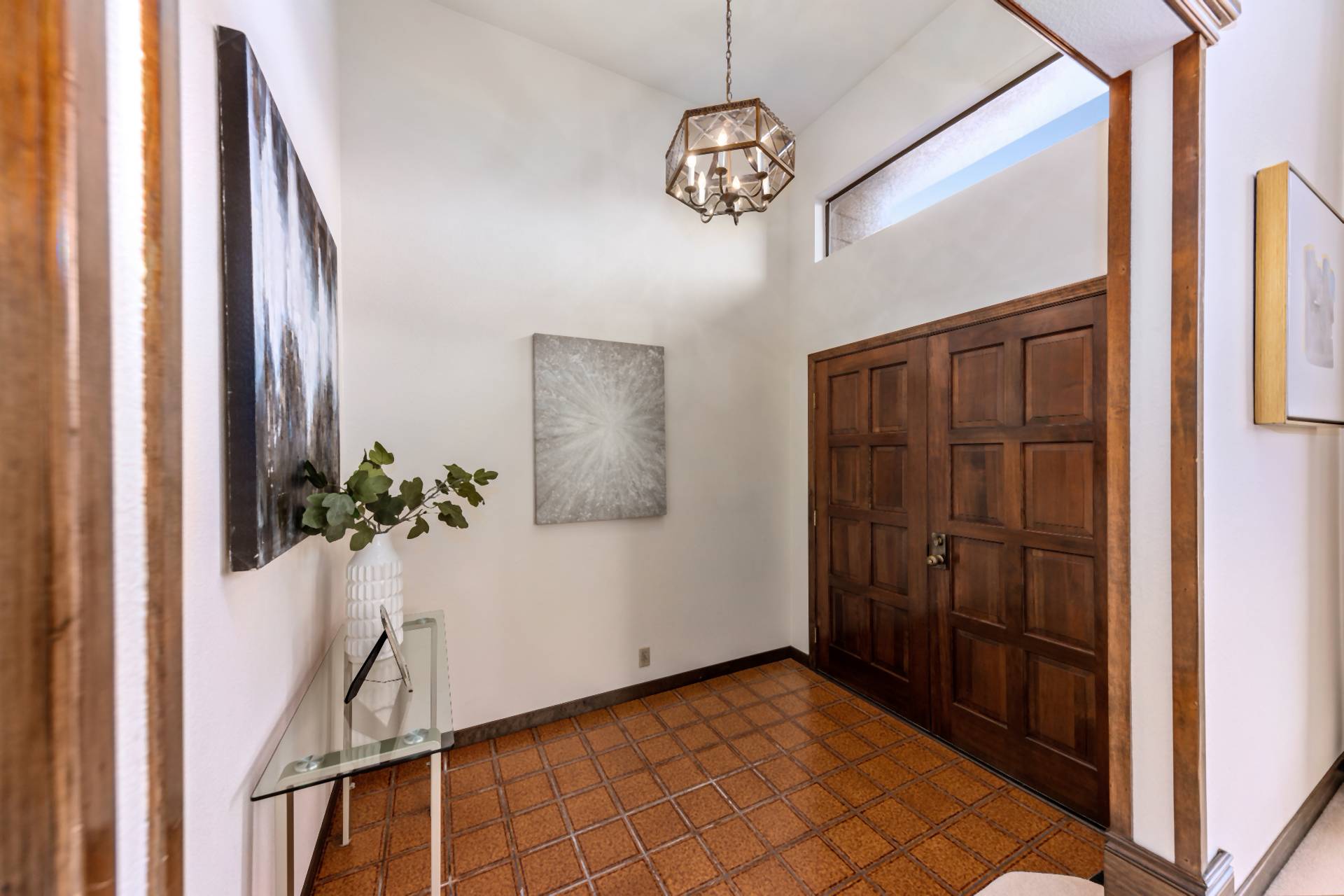What is real estate staging?
Real estate staging is the process of preparing and showcasing a home for sale through furnishings, decor updates, depersonalization, decluttering, and design techniques that highlight the property’s strengths. It involves analyzing a home to identify its best features and downplay any flaws. Then using furniture arrangement, color schemes, lighting and styling to showcase the home in its most appealing light. Staging creates a welcoming, relatable environment that helps potential buyers envision themselves living in the house. It transforms the home from owner-occupied to model-ready.
Why is staging important when selling a property?
Staging generates significant return on investment for sellers. Statistics show staged homes sell faster and for more money. Staging makes properties stand out, especially with today’s visually-focused buyers who expect model home appeal and online photos that wow. Specifically, quality staging:
– Attracts more qualified buyers
– Shortens time on market by up to 50%
– Results in closer to asking price offers
– Can increase final sale price from 4-12%
– Generates more interest at open houses
– Makes buyers excited about the home’s potential
Bottom line, staging maximizes a home’s perceived value based on presentation. First impressions matter.
When is the best time to stage a property?
Ideally, staging happens before the home is even listed on the market. This allows the stager adequate time to fully execute an impactful transformation without the pressures of showings. For occupied homes, owners simply need to declutter and do minor touch-ups, then the stager furniture styles the rest. For vacant homes, the stager can implement a top-to-bottom makeover.
Staging too late in the sales process doesn’t allow the home to benefit from its full marketability. Yet even a light staging refresh during listing photos or right before an open house can provide some advantage. The earlier staging happens, the greater the payoff.
What are some staging tips for maximizing a property’s appeal?
– Declutter ruthlessly. Remove all clutter, so remaining items shine. A deep clean also ensures every surface sparkles.
– Style neutrally. Limit bold prints or colors that can polarize buyers. Use soothing hues like greys, blues and greens.
– Let in natural light. Open curtains and position mirrors to brighten up dark spaces.
– Organize closets and kitchen cabinets. Buyers want to see ample storage solutions.
– Create defined spaces. Use area rugs, lighting and furniture groupings to designate each room’s purpose.
– Accentuate architecture. Include built-ins, shelving and details to complement the home’s existing style.
These impactful tips enhance appeal without requiring major renovations or costs. Staging aligns spaces with buyers’ wish lists.
What areas of the property should be staged?
– Foyer – Makes a powerful first impression. Style furniture to lead the eye towards best rooms.
– Living room – Sets the tone for the rest of the home. Create an inviting entertaining space.
– Dining room – Define the space for hosting with a striking table as the focal point.
– Kitchen – Depersonalize and organize to convey functionality. Ensure counters are clear.
– Master suite – Invest most furnishing dollars here since buyers prioritize the owner’s suite.
– Secondary bedrooms – Use color and lighting to distinguish kids’ rooms or guest rooms.
– Bathrooms – Hotel-style details like fresh towels, candles and accent mirrors give a spa vibe.
– Outdoor areas – Extend living space to patios, decks and yards with weather-proof furniture.
Cover all the hot spots buyers scrutinize. Then add final styling flourishes throughout to complete the model home effect.
As a real estate agent, home staging can be an invaluable partner in effectively representing your listings. Staged homes sell faster and for the highest possible price in any market. To learn more about preparing your San Francisco property for sale with our full-service staging, contact Let’s Stage It today!


